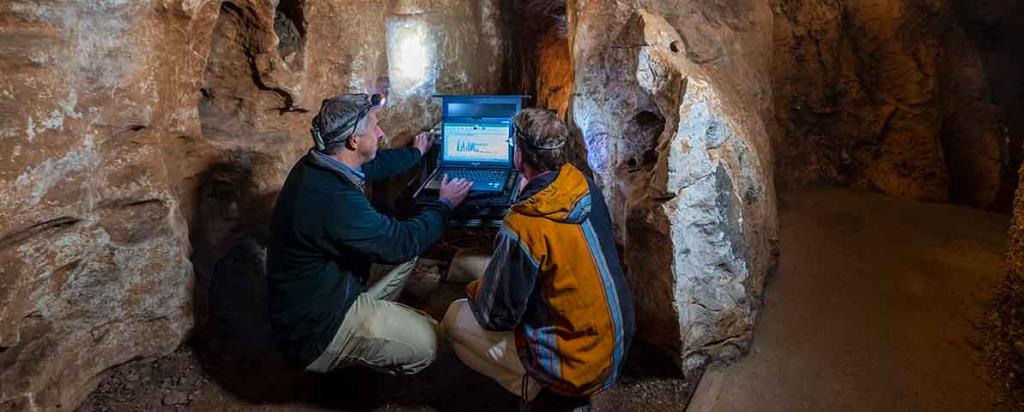
Natural variability in hydrological systems
Changes in the hydrological cycle play a central role in driving variability in the Earth's climate.
ANSTO environmental researchers use isotopes in the water cycle to study these changes in a range of hydrological and climatic processes at local and regional scales. The rainfall and vapour isotopes are ideal tracers to characterise the processes driving rainfall and water balance.
Isotopic techniques can be used to determine regional rainfall records and water recharge events in environmental archives, such as cave stalagmites (speleothems), mineral precipitates (evaporites) and groundwater.
The accurate reconstruction of regional rainfall events and variations in recharge from environmental archives is challenging. Data on the variables that affect climate, such as rainfall and drought and other environmental processes impact isotopic signatures. Long term monitoring of these processes over many decades is necessary for reliable reconstructions.
ANSTO is the custodian of the Global Network of Isotopes in Precipitation and custodian of two of the world's longest cave monitoring programs.
ANSTO is committed to continuing these longitudinal studies to quantify processes that are important for water resource management, isotope ecology and forensics as well as climate, fire and weather research.
Researchers use isotopic climate models and satellite data to understand changes to isotopic signatures in groundwater or speleothems over time and location.
